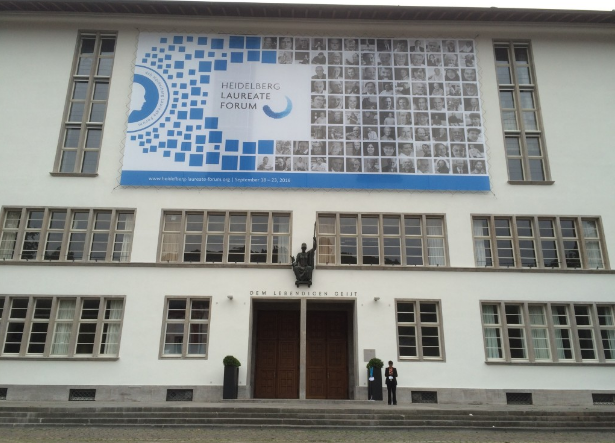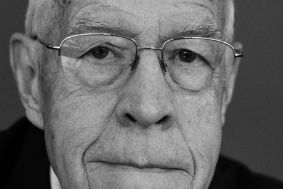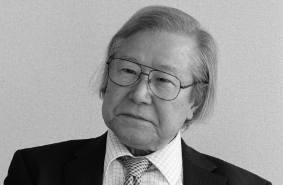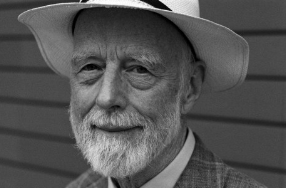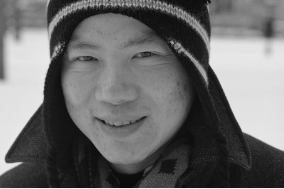aNewDomain — As a lifelong science and technology journalist, I’m used to hanging with the smartest geeks around. But the group of mathematics and computational wizards gathered here at the Heidelberg Laureate Forum (HLF 2016) in Germany this week is a cut above the geekiest geekfest.
I’m one of a handful of journalists who’ve been invited to cover this year’s event, which brings together winners of the Fields Medal, Abel Prize, Turing Prize and the Nevanlinna Prize with a select group of scientists and young researchers. And I’ll be covering it for you here all week long.
Here are some of the esteemed folks I will be rubbing elbows with. If you have questions for any of these inventors, thinkers and mathematicians, direct message me at @ginasmith888 and I will see what I can do. It’s going to be a fascinating week.
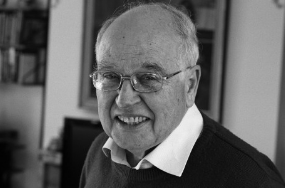
Sir Michael Francis Atiyah
Fields Medal, 1966 / Abel Prize, 2004
Sir Michael is perhaps best known for his work on K-theory and, with Isadore Singer, for the discovery and proof of the Index Theorem, which bridges math and theoretical physics. Read more about that theorem here.
Fred Brooks
ACM A.M. Turing Award, 1999
Brooks won the Turing Award for key contributions in software engineering, operating systems and computer architecture. He is also legendary for his work at IBM, where he architected IBM 7090 “Stretch,” the first transistor-based supercomputer. Wired did a great piece on Brooks back in 2010. Well worth a read.
 Vinton Gray Cerf
Vinton Gray Cerf
ACM A.M. Turing Award, 2004
Cerf, along with Robert Kahn, pioneered the design of TCP/IP (Transport Control Protocol, Internet Protocol), on which the Internet and computer networking in general are based. Click here to see my interview with Cerf from earlier this year.
 Stephen A. Cook
Stephen A. Cook
ACM A.M. Turing Award, 1982
Cook’s seminal paper, “The Complexity of Theorem Proving Procedure,” presented in 1971, is considered a ground-breaking work and laid the foundation for the theory of NP-Completeness. For more information, here is an interview with Cook via the Charles Babbage Institute at the University of Minnesota.
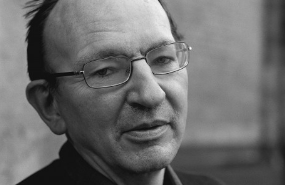 Gerd Faltings
Gerd Faltings
Fields Medal, 1986
Faltings won this prize for proving the Mordell conjecture. Because Faltings proved it, it is now known as Faltings’ Theorem.
Heisuke Hironaka
Fields Medal, 1970
Hironaka is best known for generalizing a solution of Oscar Zariski’s theorem on dimensional singularities, which Hironaka has proven can work in any dimension.
Sir C. Antony R. Hoare
ACM A.M. Turing Award, 1980
Sir Antony contributed a range of fundamental thought on the definitions and design of computer programming languages.
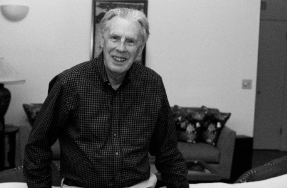 John E. Hopcroft
John E. Hopcroft
ACM A.M. Turing Award, 1986
With Robert Tarjan, Hopcroft won the Turing Award for his work on algorithms and data structures.
Willi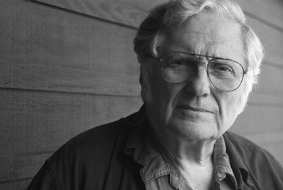 am Morton Kahan
am Morton Kahan
ACM A.M. Turing Award, 1989
Also known as Velvel Moron Kahan, he is to this day widely considered among the world’s foremost floating point experts. He has often joked that he has dedicated his life toward “making the world safe for numerical computations.”
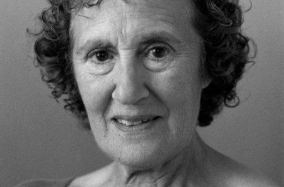 Barbara Liskov
Barbara Liskov
ACM A.M. Turing Award, 2008
Liskov has been lauded for both practical and theoretical work concerning programming language and system design, especially relating to distributed computing, fault tolerance and data abstraction.
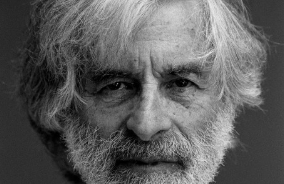 Leslie Lamport
Leslie Lamport
ACM A.M. Turing Award, 2015
Lamport is best known for his award-winning work in the fields of distributed and concurrent computing, specifically as it relates to replicated state machines and sequential consistency.
Shigefumi Mori
Fields Medal, 1990
Mori is especially notable for his important work in the realm of algebraic geometry. The Minimal Model program, also known as Mori’s Program, concerns alegbriac varieties of dimension three.
Ngô Bao Châu
Fields Medal, 2010
In 2008, Ngô Bao Châu surged to the forefront of mathematics when he published a proof for a general form of the “fundamental lemma,” which is today considered to be one of the most important theorems in modern mathematics.
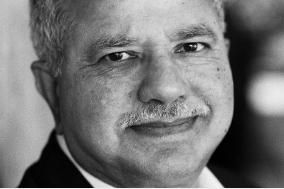 Raj Reddy
Raj Reddy
ACM A.M. Turing Award, 1994
Reddy is best known for pioneering theories in the nascent field of Artificial Intelligence (AI).
 Joseph Sifakis
Joseph Sifakis
ACM A.M. Turing Award, 2007
With Edmund Clarke and E. Allen Emerson, Sifakis has been lauded for work in verification technology that is today broadly adopted in the hardware and software industries.
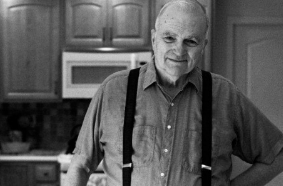 Richard Edwin Stearns
Richard Edwin Stearns
ACM A.M. Turing Award, 1993
Dick Stearns’ work, with Juris Harmanis, is in the field of computational complexity theory. Their paper is considered to be a seminal work in the field.
 Ivan Sutherland
Ivan Sutherland
ACM A.M. Turing Award, 1988
Sutherland is a computer graphics pioneer, beginning with his creation of Sketchpad in 1963. In his 1963 thesis at MIT, called “Sketchpad, A Man-Machine Graphical Communication System,” he described how humans and graphics might someday interact. Sketchpad today is described as one of the most important computer programs ever written. Check out this historic demonstration here.
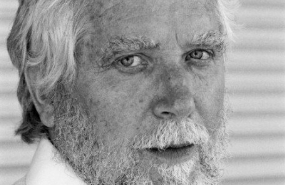 Endre Szemerédi
Endre Szemerédi
Abel Prize, 2012
Szemeredi is best known for his contributions in discrete mathematics and theoretical computer science, particularly in additive number theory and ergodic theory.
Robert Endre Tarjan
Nevanlinna Prize, 1982 / ACM A.M. Turing Award, 1986
Bob Tarjan won the Rolf Nevanlinna prize for his work in developing and exploiting data structures in graph-theoretic and geometric problems, which was recognized as a contribution of “striking profundity and elegance” in the area of algorithmic analysis. His Turing win, four years later, recognized the design and analysis of those algorithms and data structures.
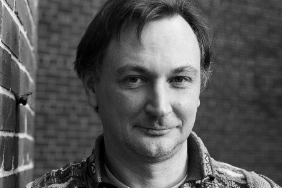 Vladimir Voevodsky
Vladimir Voevodsky
Fields Medal, 2002
Sir Andrew Wiles Silver Plaque of the IMU, 1998 / Abel Prize, 2016
Voevodsky is renowned for his solution of the Milnor Conjecture, a sticky problem in algebraic K-theory, and for developing new cohomology theories.
Sir Andrew John Wiles
Silver Plaque of the IMU, 1998, Abel Prize, 2016
Wiles is the latest winner of the Abel Prize for “his stunning proof of Fermat’s Last Theorem by way of the modularity conjecture for semi-stable elliptic curves, opening a new era in number theory.” For more on Wiles and his proof of Fermat’s Last Theorem, check out this episode of Horizons.
Can’t wait to dig in this week. Stay tuned …
For aNewDomain, I’m Gina Smith.

